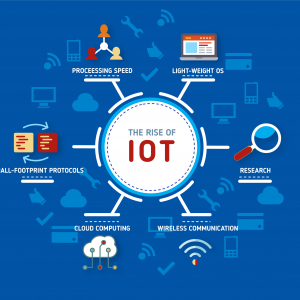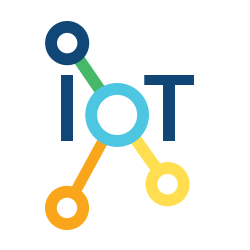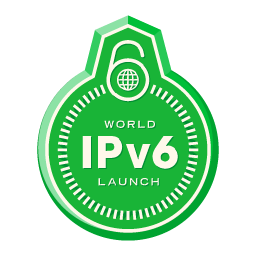The basics
IPv4 depletion
- The key incentives for IPv6 deployment include the operational simplification that comes from removing overlapping address space from the network, the reduced costs of managing such complex networks and the safe-guarding against shocks to networking business that could arise from additional address space being unavailable at a crucial time.
- As a result, many larger enterprises, such as Microsoft, are now taking steps to turn IPv4 off, running IPv6-only within the company. In a recent blog, the company describes their heavily translated IPv4 network as “potentially fragile”, “operationally challenging”, and with regard to dual stack operations (i.e. those running IPv4 and IPv6 simultaneously) “complex”. For Microsoft, turning on dual stack operation and then turning IPv4 off is expected to reduce cost and introduce efficiencies.
- In its 2018 report on the state of IPv6 deployment, the Internet Society found that, while levels of IPv6 adoption were increasing, only 25% of all internet-connected networks advertise IPv6 connectivity. In the same report, Google reports that 49 countries deliver more than 5% of traffic over IPv6 and 24 countries whose IPv6 traffic exceeds 15%.
“Each RIR will have its final full /8 from IANA, plus any existing IP address holdings to distribute. Depending on address space requests received, this could last each RIR anywhere from a few weeks to many months. It’s only a matter of time before the RIRs and Internet Service Providers (ISPs) must start denying requests for IPv4 address space. Deploying IPv6 is now a requirement, not an option,” added Echeberría. IPv6 address space has been available since 1999. Visit https://www.nro.net/ipv6/ for more information on IPv6, or your local RIR for information on how to get address space.







